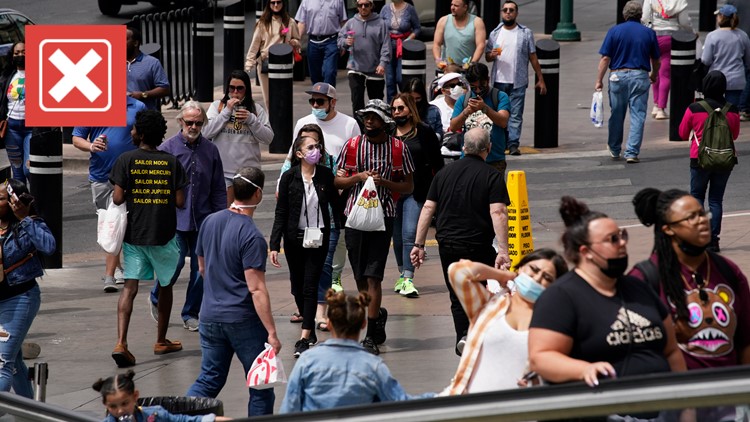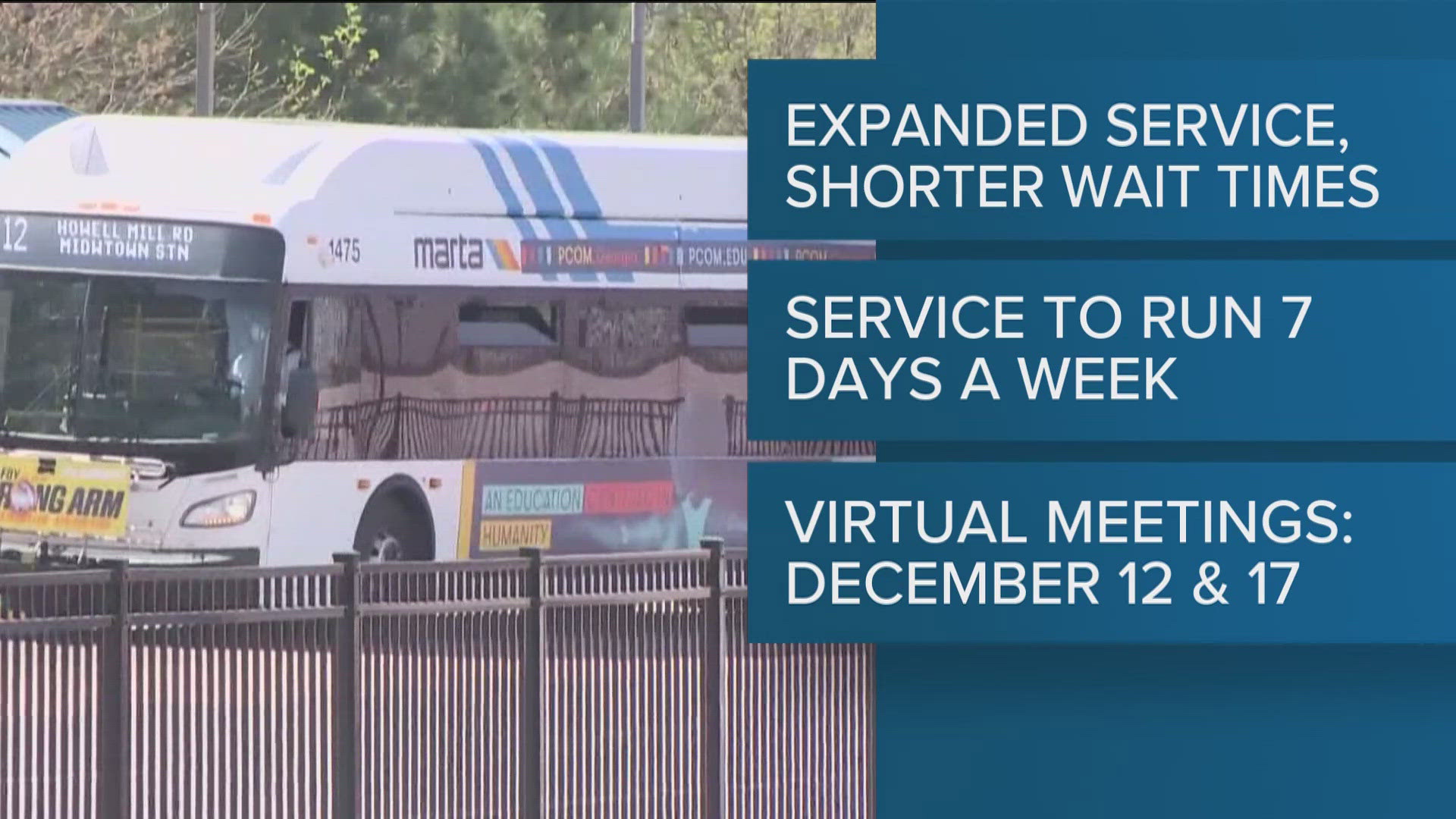UPDATE (5/5/23): On May 5, the WHO Director-General declared the end of the COVID-19 global health emergency after the WHO's International Health Regulations Emergency Committee advised him that "it is time to transition to long-term management of the COVID-19 pandemic." The Director-General says COVID-19 is now an established and ongoing health issue. The end of the global health emergency does not mean the disease is no longer a global threat, the UN says.
The coronavirus outbreak has been classified as a global pandemic for more than two years now.
During an appearance on the PBS "NewsHour" on April 26, Anthony Fauci, M.D., director of the National Institute of Allergy and Infectious Diseases, said the U.S. is currently "out of the pandemic phase" when it comes to new COVID-19 cases, hospitalizations and deaths, and that it appears to be making a transition to becoming an endemic disease.
"Namely, we don’t have 900,000 new infections a day and tens and tens and tens of thousands of hospitalizations and thousands of deaths. We are at a low level right now,” Fauci said.
But when will the COVID-19 pandemic end and transition to an endemic stage? Interest in this question has remained steady in recent months, Google Trends data show.
THE QUESTION
Is there a statistical cut-off for when the COVID-19 pandemic becomes endemic?
THE SOURCES
- The World Health Organization (WHO)
- Columbia University’s Mailman School of Public Health
- California Department of Public Health
- Paul Offit, M.D., director of the Vaccine Education Center and attending physician in the Division of Infection Diseases at Children’s Hospital of Philadelphia
- Anthony Fauci, M.D., director of the National Institute of Allergy and Infectious Diseases
THE ANSWER
No, there is not a statistical cut-off for when the COVID-19 pandemic becomes endemic.
WHAT WE FOUND
The World Health Organization (WHO) declared COVID-19 a global pandemic on March 11, 2020. The public health agency defines a pandemic as the worldwide spread of a disease. Columbia University’s Mailman School of Public Health explains that during a pandemic, a disease’s growth rate skyrockets and cases grow more each day.
Public health agencies, including the WHO, have not identified specific data marking the end of a pandemic and transition to endemic disease, such as the number of COVID-19 cases or rate of spread.
While there’s not a specific statistical cut-off to determine the end of a pandemic, there are some broader general markers. When the worldwide spread of disease is brought under control to a localized area, it is no longer a pandemic but endemic, the WHO said. Additionally, a disease is considered endemic if it is “globally present but at expected or normal levels.” When an outbreak becomes endemic, disease spread and rates are “predictable” rather than skyrocketing, according to the Mailman School of Public Health.
“Each country is in a unique situation, and must chart its way out of the acute phase of the pandemic with a careful, stepwise approach,” WHO Director-General Tedros Adhanom said on Jan. 24, 2022.
Though some states are planning to start treating COVID-19 as an endemic disease rather than a pandemic, the WHO and others haven’t pivoted yet and say there isn’t a formal way to mark the shift.
“A pandemic is a characterization of a disease in view of its geographical spread. The term carries no recognition under international law and there is no general, formal mechanism for declaring the beginning or end of a pandemic,” the WHO wrote in an email to VERIFY.
The WHO is also looking at how to move from its acute pandemic response to long-term, sustained disease control, and is expected to release its 2022 Strategic Preparedness and Response Plan focused on this transition by the end of February.
The California Department of Public Health wrote in an email to VERIFY that there aren't any specific markers that would indicate the virus has reached endemic levels in the state.
"As we have learned throughout the pandemic, each surge and each variant brings with it unique characteristics relative to our neighborhoods and communities' specific conditions (e.g., level of immunity). Therefore, California will continue to evaluate the data quickly and nimbly to determine how to best handle future changes in the behavior of the virus," a spokesperson said. "The SMARTER Plan does lay out specific response metrics that will ensure our preparedness and guide our work moving forward."
Paul Offit, M.D., director of the Vaccine Education Center and attending physician in the Division of Infection Diseases at Children’s Hospital of Philadelphia, said there isn’t a specific way to mark the transition to endemic, but it can be defined as a disease that doesn’t change your life or behavior. He provided influenza viruses as an example of endemic diseases.
“We will get to that point with this virus [COVID-19], too. We’ll say we can live with that level of hospital and ICU admissions and deaths,” Offit said.
Fauci addressed the transition to an endemic state during the World Economic Forum’s Davos Agenda 2022 in January.
“Control means you have it [the virus] present, but it is present at a level that does not disrupt society,” he said. “And I think that’s what most people feel when they talk about endemicity – where it is integrated into the broad range of infectious diseases that we experience.”
Fauci also mentioned cold weather upper respiratory viruses and rhinovirus, which causes the common cold, as those that fall into this category. He added that his definition of COVID-19 endemicity would be a “non-disruptive presence without elimination” of the virus.



